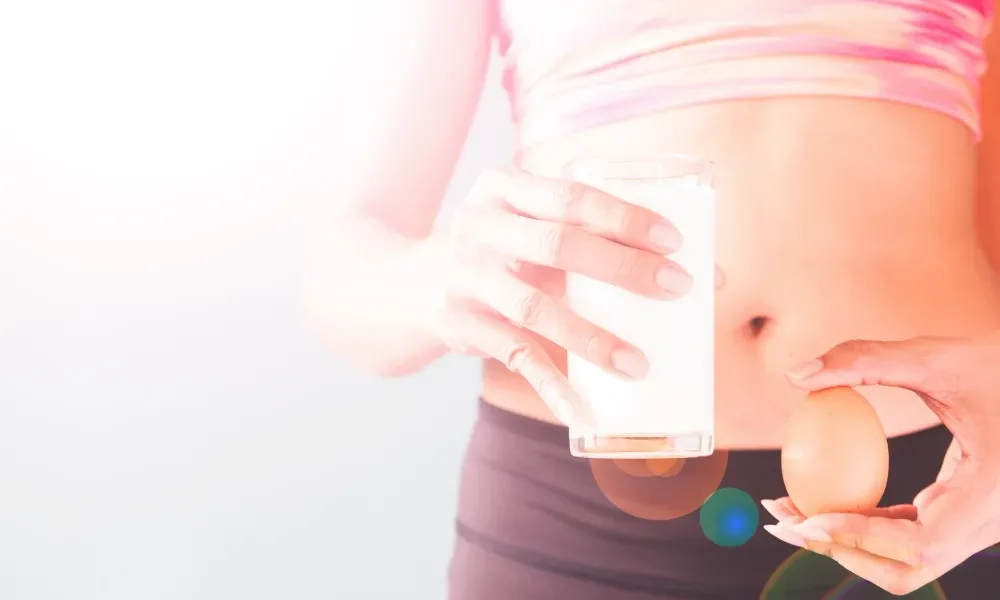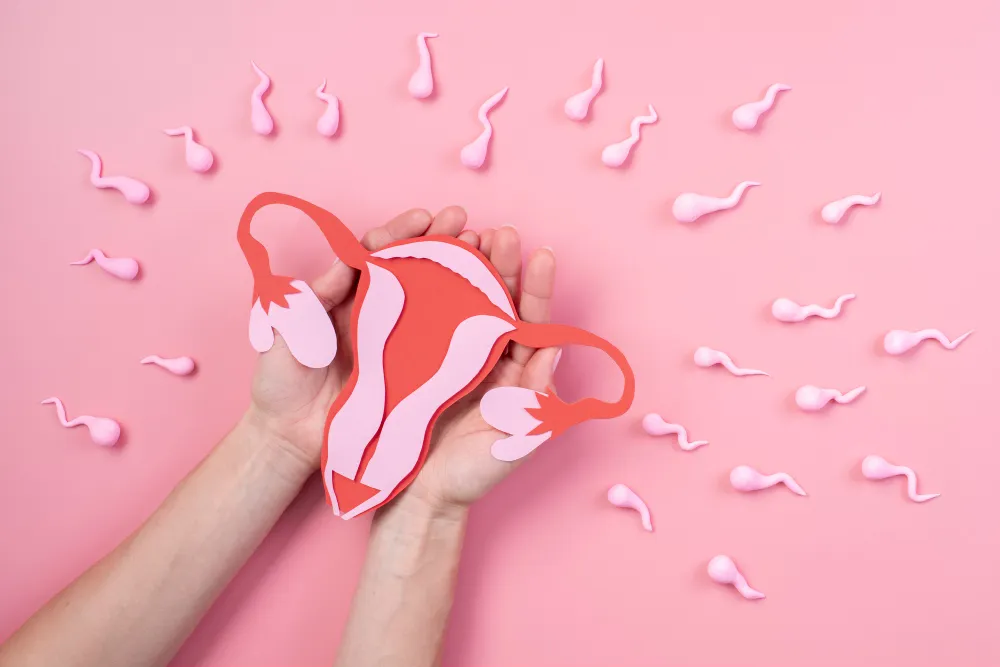
Contents
- 1 Can Drinking More Water Ease Period Pain? The Science Behind Hydration, Minerals and Menstrual Health
- 1.1 1. Understanding Menstrual Pain
- 1.2 2. The Role of Hydration in Overall Health
- 1.3 3. Hydration and Menstrual Health: The Connection
- 1.4 4. Minerals and Electrolytes: Their Role in Menstrual Comfort
- 1.5 5. Practical Tips for Staying Hydrated During Menstruation
- 1.6 6. Beyond Hydration: Complementary Approaches to Easing Period Pain
- 1.7 Summary
- 1.8 FAQs
- 1.8.1 How much water should I drink during my period?
- 1.8.2 Can drinking too much water worsen menstrual symptoms?
- 1.8.3 Are there specific types of water that are better for menstrual health?
- 1.8.4 How long does it take to see the effects of increased hydration on period pain?
- 1.8.5 Can hydration replace pain medication for menstrual cramps?
Can Drinking More Water Ease Period Pain? The Science Behind Hydration, Minerals and Menstrual Health
1. Understanding Menstrual Pain
1.1. The biological mechanisms behind period cramps
Menstrual cramps, or dysmenorrhea, occur due to the contraction of the uterus to shed its lining. This process is mediated by prostaglandins, hormone-like substances that cause inflammation and pain. Higher levels of prostaglandins are associated with more severe cramps.
1.2. Common symptoms and their severity
- Abdominal pain and cramping
- Lower back pain
- Nausea and vomiting
- Headaches
- Fatigue
The severity of these symptoms can range from mild discomfort to debilitating pain that interferes with daily activities.
1.3. Factors influencing menstrual discomfort
- Age: Younger women often experience more severe symptoms
- Hormonal imbalances
- Stress levels
- Diet and nutrition
- Hydration status

2. The Role of Hydration in Overall Health
2.1. Water’s importance in bodily functions
Water is essential for numerous bodily functions, including:
- Regulating body temperature
- Transporting nutrients and oxygen to cells
- Removing waste products
- Lubricating joints
- Maintaining blood volume
2.2. Recommended daily water intake
The general recommendation is to consume about 8 glasses (64 ounces) of water per day. However, individual needs may vary based on factors such as activity level, climate, and overall health.
2.3. Signs of dehydration and its effects
- Thirst
- Dark urine
- Dry mouth and lips
- Fatigue
- Headaches
- Dizziness
Dehydration can lead to decreased cognitive function, impaired physical performance, and increased susceptibility to various health issues.
3. Hydration and Menstrual Health: The Connection
3.1. How water affects uterine contractions
Proper hydration helps maintain the balance of fluids in the body, potentially reducing the intensity of uterine contractions. This may lead to less severe menstrual cramps.
3.2. Hydration’s impact on bloating and water retention
Contrary to popular belief, drinking more water can actually help reduce bloating and water retention. When the body is well-hydrated, it’s less likely to hold onto excess water.
3.3. The relationship between dehydration and pain perception
Dehydration can increase the body’s sensitivity to pain. Staying hydrated may help manage pain perception during menstruation.
4. Minerals and Electrolytes: Their Role in Menstrual Comfort
4.1. Essential minerals for menstrual health
- Magnesium: Helps reduce muscle tension and cramps
- Calcium: Supports muscle function and may alleviate mood swings
- Iron: Replenishes iron lost during menstruation
- Potassium: Helps regulate fluid balance and reduce bloating
4.2. How hydration affects mineral balance
Proper hydration is crucial for maintaining the balance of minerals in the body. Water helps in the absorption and transportation of these essential nutrients.
4.3. Electrolyte-rich beverages and their benefits
- Coconut water
- Herbal teas
- Mineral-rich broths
These beverages can help replenish electrolytes and provide additional hydration benefits during menstruation.
5. Practical Tips for Staying Hydrated During Menstruation
5.1. Creating a personalized hydration schedule
- Set reminders to drink water throughout the day
- Aim to consume a glass of water with each meal
- Drink a glass of water upon waking and before bed
5.2. Hydrating foods to incorporate into your diet
- Watermelon
- Cucumbers
- Strawberries
- Lettuce
- Zucchini
These foods have high water content and can contribute to overall hydration.
5.3. Tracking water intake and its effects on period symptoms
Keep a journal to monitor your water intake and menstrual symptoms. This can help you identify patterns and adjust your hydration strategy accordingly.
6. Beyond Hydration: Complementary Approaches to Easing Period Pain
6.1. Exercise and its impact on menstrual discomfort
Regular physical activity, especially low-impact exercises like yoga or swimming, can help alleviate menstrual pain by improving blood circulation and releasing endorphins.
6.2. Dietary changes that may alleviate symptoms
- Increase intake of omega-3 fatty acids
- Reduce consumption of caffeine and alcohol
- Include anti-inflammatory foods like ginger and turmeric in your diet
6.3. Stress reduction techniques for menstrual health
- Practice mindfulness meditation
- Try deep breathing exercises
- Engage in relaxing activities like reading or listening to music
Summary
Staying well-hydrated can potentially ease menstrual pain by reducing the intensity of uterine contractions, managing bloating, and improving overall pain perception. Combined with a balanced diet rich in essential minerals and complementary approaches like exercise and stress reduction, proper hydration can contribute to better menstrual health.
FAQs
How much water should I drink during my period?
Aim for at least 8 glasses (64 ounces) of water per day, but listen to your body and drink more if you feel thirsty or are experiencing heavy menstrual flow.
Can drinking too much water worsen menstrual symptoms?
While it’s rare, excessive water intake can lead to electrolyte imbalances. Stick to the recommended amount unless advised otherwise by a healthcare professional.
Are there specific types of water that are better for menstrual health?
Plain, filtered water is generally sufficient. However, mineral-rich waters may provide additional benefits due to their electrolyte content.
How long does it take to see the effects of increased hydration on period pain?
The effects can vary from person to person. Some may notice improvements within one menstrual cycle, while others may need several months of consistent hydration to see significant changes.
Can hydration replace pain medication for menstrual cramps?
While proper hydration can help manage menstrual discomfort, it may not be sufficient for everyone. Consult with a healthcare provider if you’re considering changing your pain management approach.
- December 3, 2024
- Benefits
